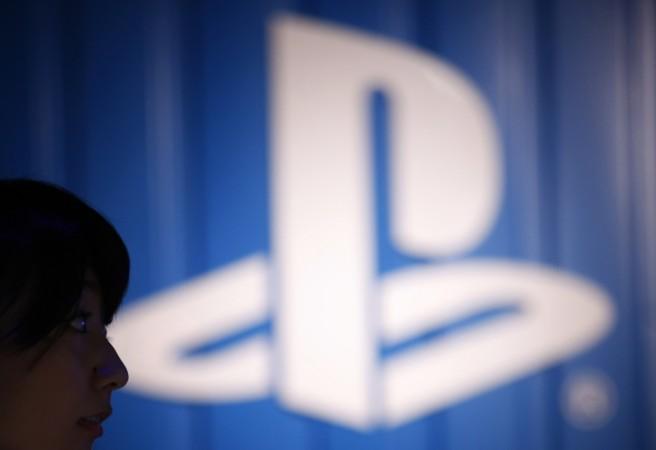In an unexpected turn of events, Microsoft and Sony announced on Thursday that they will be working collaboratively for the development of cloud services and more. The two tech giants have come together after a gruelling 10-year old rivalry to develop the future. This not only marks the beginning of an unexpected (but secretly wished for) venture but also proves that when needed, even fierce rivals are willing to come together and collaborate for a better tomorrow.
The partnership
As per their agreement, "the two companies will explore joint development of future cloud solutions in Microsoft Azure to support their respective games and content-streaming services." Thus, it is expected that Microsoft Azure will play a key role in the partnership.
Kenichiro Yoshida, the president and CEO of Sony said, "For many years, Microsoft has been a key business partner for us, though of course, the two companies have also been competing in some areas. I believe that our joint development of future cloud solutions will contribute greatly to the advancement of interactive content."
He also mentioned the collaboration of the two companies in the areas of semiconductors and AI, hopeful that a new value for society will be created by "leveraging each company's cutting-edge technology in a mutually complementary way." This announcement comes barely a month away from the world's biggest gaming conference, E3.

Of course, here rises the question of the level of advancement the new alliance can bring into the world. We have seen some spectacular technology being developed by both companies over the years. Microsoft has been developing innovative consumer-level products for the world, including the mixed-reality-based HoloLens.
Sony gave us the PlayStation VR, which enabled users to experience a whole new level of immersion. Their upcoming console is also touted to have top-of-the-line specs with an SSD for cutting loading times, ray-tracing abilities and 3D audio support.
Microsoft did not get daunted by these announcements, promising that the upcoming Xbox will be more powerful than Sony's console. This spat between the giants is another reason to think about possible ulterior motives behind this partnership.
What does this mean for consumers?
It is tempting to think about the future of this partnership: Has the age-old rivalry really ended? Will we be able to see cross-platform gaming across all titles?
We have seen how Microsoft has been trying to change the way games are played. 'Play Anywhere' allows certain Xbox games to be played on the PC by cloud-saving the save states. Sony came into the industry earlier with PlayStation Now, but they lack the infrastructure that Microsoft has been developing. Both these services are distinct, yet with this new collaboration, it seems possible that the two companies can consider bringing more than just cross-platform play into the picture.

Microsoft's CEO, Satya Nadella said, "Sony has always been a leader in both entertainment and technology, and the collaboration we announced today builds on this history of innovation."
However, it isn't advisable to jump to conclusions. Kyle Orland from Ars Technica believes that this may be a 'keep your enemies closer' scenario where both companies have their own interests at heart – Sony wants to use Microsoft's advanced cloud technology, while Microsoft wants to squeeze that creative juice out of their new allies.
Theorising aside, we can break down facts about the industry's plans. Google has announced its own streaming service, Stadia, which seemed a very exciting technology during the demos. Moreover, reports suggest that Amazon may be developing its own cloud-based streaming service to add to the competition. This strengthens the possibility of obsolescence of gaming consoles by replacing them with streaming boxes.
Is this the endgame for consoles?
Gaming consoles may not become obsolete, because, for one, both Microsoft and Sony are hard at work with their new consoles (which already have been confirmed to have high-end CPUs and GPUs). At the same time, we have reason to believe that consoles meant specifically for gaming may be replaced by consoles which specialise in streaming, changing the way people game altogether.

Streaming consoles are probably going to be a big thing, with Microsoft already having announced one console without support for physical media. If you're wondering what the difference would be, these consoles will have high-end network cards and high RAM capacity to support the game as they stream the environment.
It would be nice to see connectivity to multiple screens over a wireless network, but that is just wishful thinking. It is highly likely that companies will offer some sort of subscription for the gaming service, which will also be tiered according to genre or publisher.
That change, however, is a thing of a future that is pretty far away. Most existing gamers would prefer having a quality, seamless experience of a dedicated gaming device that streaming a video of a game simply cannot replicate. The prospect of playing Forza and The Last of Us on a cheap streaming box or phone seems enticing, yet impure. Sure, freedom to game is important, but playing The Witcher 3 on a 6-inch phone will undoubtedly take away from the experience.
Choppy frames, input lag and low-resolution streaming can be major problems for the next generation. However, as is the thing with technology, these problems will soon be overcome as newer infrastructure rolls in. With mixed reality, cloud gaming, and the ever-improving infrastructure, there may be a day when all games will be available for any screen at any time at low-priced subscriptions.
This alliance creates tension for some in the community and opens exciting prospects for others. Developers and consumers alike can look forward to technology that will be more accessible than ever and allow for even greater levels of immersion.














